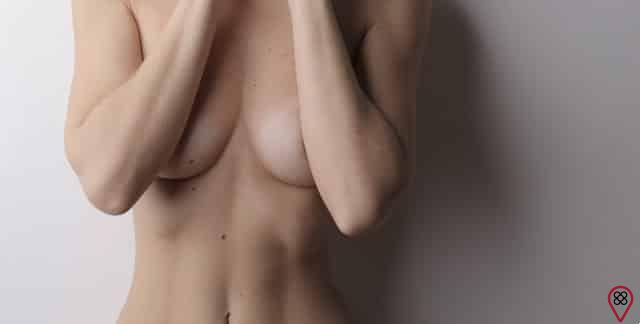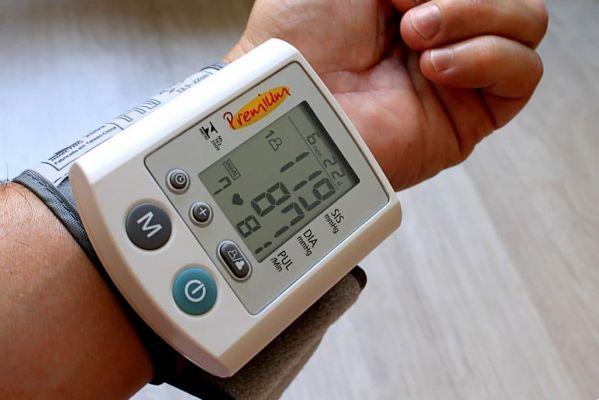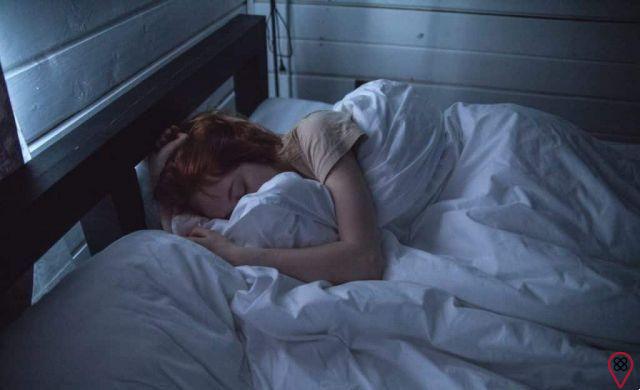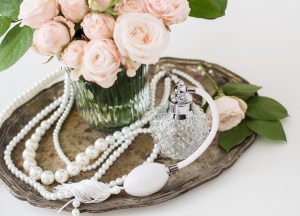Clays are an alternative to synthetic treatments, mainly because they have no contraindication and are biodegradable, that is, they are good for us and for the environment. However, clay therapy is a complementary treatment and should not replace the conventional treatment indicated by health professionals.
By definition, clay is a granule that is no longer rocka, becoming just her microparticles. As many of these rocks give rise to semi-precious or precious stones, clays have properties similar to crystals, especially when it comes to energy. That is, clay works not only on the physical, but also on energy levels.
The greatest property of clay is its absorption capacity. This is because our body has a positive electrical charge, while clay has a negative charge, helping to remove these impurities from the skin.
Clay also has an antiseptic, healing, anti-inflammatory, anti-cancer, moisturizing, exfoliating and refreshing function.
clay colors
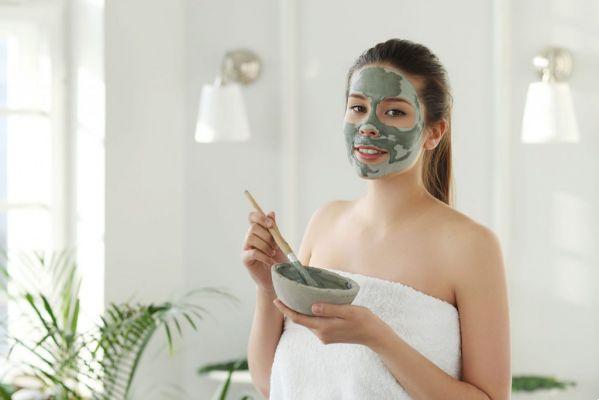
Each type of clay has specific amounts of microminerals, such as Titanium, Magnesium, Copper, Zinc, Aluminum, Calcium, Potassium, Nickel, Manganese and Lithium. And it is the combinations of these microminerals that determine the colors of the clay. But you have to be careful when buying the clay, as many suppliers use dyes, decreasing its properties.
Each micromineral has a function:
– Copper: disrupts free radicals present in the skin and which are absorbed from pollution, helps in collagen formation, promoting skin elasticity and defense and improves iron absorption.
– Selenium: fights free radicals, is a great antioxidant.
– Silicon: helps in the formation of collagen and skin elasticity.
– Zinc: reduces wrinkles and improves the surface of the skin, leaving it smoother, acts in the healing of the skin.
– Magnesium: when combined with zinc, it helps to tone and energize the skin.
– Manganese: neutralizes free radicals and improves collagen metabolism.
– Iron: improves blood circulation and promotes the production of hemoglobin.
Properties and treatments of each color of clay:
white clay:
This clay color is considered the most neutral of all and has bactericidal, analgesic and healing properties. It has a PH value similar to that of human skin, so it helps to remove excess oils, without, however, causing dryness. It has a higher concentration of aluminum and magnesium. It can be used by anyone. To apply it, mix it with mineral water, until it becomes a paste-like and homogeneous mixture. But be careful: this preparation cannot be done with metal utensils. Apply a layer of half a centimeter to the area with clean skin, twice a week, leaving it on for 15 minutes. Remove with clean water.
black clay:
This clay is the one with the highest concentration of organic matter, so it has plasticity and oil on its surface. It can be used for insomnia and bruxism, as well as fighting stress and inflammation. To apply, mix the clay with lavender floral water until it becomes pasty and homogeneous. Apply before bed on the skin, leaving it on for 15 minutes.
red clay:
Red clay has iron, copper and silicon oxide and helps prevent skin aging as it has a lifting effect. In addition, it helps to accelerate the metabolism and circulation of the place where it is applied. It is common that after its removal from the skin, red spots appear. This result is not an allergy, but the effect of this blood circulation. Therefore, its use is not recommended for very sensitive skin. To use, mix the clay with natural grape juice, until it becomes pasty and homogeneous. Apply the mixture 2 times a week, leaving it on for 15 minutes, for firmer, brighter and more radiant skin.
pink clay:
This clay is a mixture between red and white clays, therefore, it is a combination of the characteristics of both. It helps to treat sensitive skin, without being as potent as red, which could irritate this skin type. To use, mix the clay with hibiscus tea, until it becomes pasty and homogeneous. Apply to the skin once a week, leaving it on for about 15 minutes.
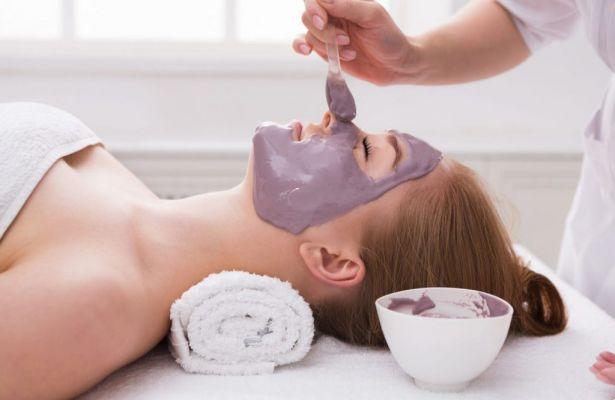
purple clay:
Purple clay is rich in magnesium and promotes collagen synthesis, therefore, it improves the texture and firmness of the skin, especially when you have a more tired and weakened skin. This clay is the most suitable for extremely sensitive skin, even when you are having some kind of allergic reaction. To use, mix the clay with mineral water, until it becomes pasty and homogeneous. Apply to the irritated spot. If there is any kind of rash and open sores, apply the mixture just around the wound. Let it act for 15 minutes and remove it very carefully.
golden clay:
This clay is rich in copper and silicon, having an immediate effect, brightening and brightening the skin. To use, mix the clay with chamomile tea. I let it act for 15 minutes, using 1 to 2 times a week.
Tip: Always mix your clay in a deep glass, porcelain or wooden container, but never metal.
Other treatments:
In addition to more aesthetic treatments, clay can be a complement to treat some body problems:
– Bone and muscle problem: apply the clay at the moment this damage occurs, covering it with a cloth. Doing a clay renovation every 1 or 2 hours. Let it act as long as necessary and as long as you can.
– Internal organs: make a clay mixture and apply to the organ region for about two hours, monitoring the effects. This application period can be extended as needed.
– Headaches: apply the clay to the back of the neck for about two hours. Remove and apply to forehead for another two hours. You can alternate this process as needed.
Written by Gabrielle Career of Team Me Without Borders.









